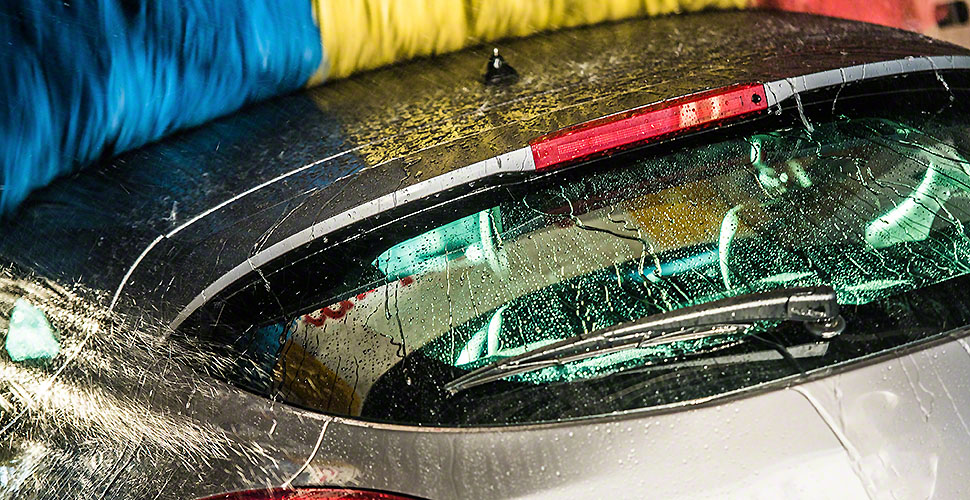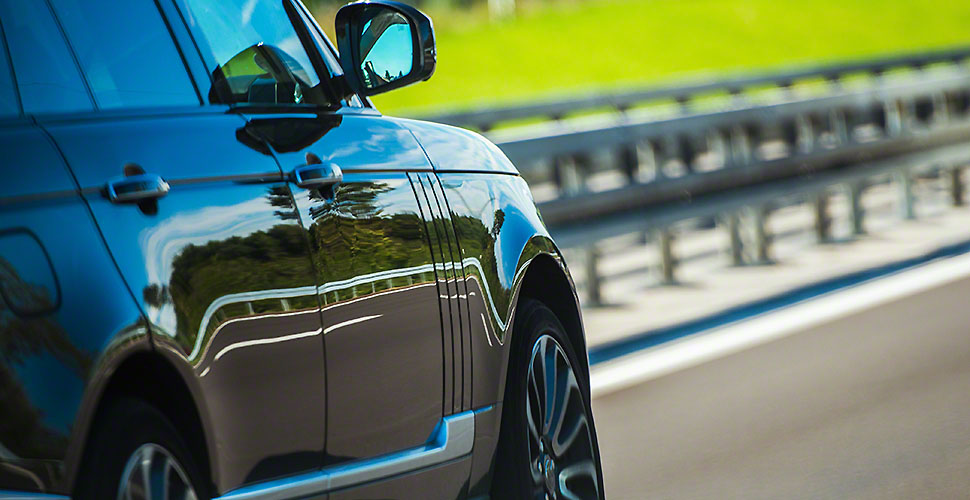If you’re trying to wipe water spots on your tinted car windows clean, but they are not getting removed, then you need to upgrade your techniques. Water spots on car windows and windshields are annoying sights, you should avoid using techniques that can damage the tint films installed on the windows. Therefore, protect car window tinting and clean your water spots with these tips.
How Do Water Spots Occur?
Water can evaporate from a car window after it gets wet. After the evaporation, water may leave calcium and magnesium on the windows. They are small spots left after water evaporation and are called water spots. These spots don’t affect your tint films, but appear ugly.
How To Get Rid Of Water Spots?
The deposits left on car windows are alkaline so you can use an acid cleaner to wipe your car window clean. However, you must be cautious because cleaning tinted car windows is different from non-tinted car windows.
There are many cleaners that you can freely use on non-tinted car windows, but can’t on tinted windows because they can damage the tint films leading to scratches on the films, discoloration, or peeling off of the tint films.
So, if you want your tints to last long, you should clean your tinted car windows with a mild car window cleaner. Moreover, avoid cleaners that have ammonia in them at all costs. This is because ammonia can reduce the darkness of your tint film and can make the tint dry and weak.
Vinegar Solution For Cleaning Tinted Car Windows
Vinegar is an easily accessible household item and an effective homemade cleaner be it on kitchen surfaces or car windows. You can use distilled vinegar and use in mild concentrations.
Therefore, to make a vinegar solution, take a container and fill it 60% with water and 40% with vinegar. You should keep the solution mild to prevent damage to your car’s tints.
After making the solution, pour it into a spray bottle. All you need to do is to spray some of the solution on the car’s window and leave it for a few minutes so the vinegar can saturate the water spots. After waiting, reapply the spray and wipe it with a microfiber cloth. You can do it multiple times until the windows are spotless.
When cleaning car windows, make sure that you don’t wait too long because if the vinegar solution dries on the window glass, it won’t clean the water spots and may leave more spots.
Lemon And Water Solution
Lemon has acidic properties due to which it is widely used in cleaning products. As store-bought cleaning products may have more chemicals that could damage your tinted windows, you should make a lemon and water solution yourself.
Take one or two lemons and squeeze their juice out in a container. Add warm water to the container and mix it. Pour the solution into a spray bottle. Spray the solution on the glass and leave it for a minute and then wipe it with a towel or a microfiber cloth.
Alternatively, you can also use lemon directly on the tinted glass. Cut a lemon in half and rub the open area of the lemon on the glass with moderate pressure. After this, clean the glass with an ammonia-free glass cleaner.
Toothpaste
Another household product you can use to clean the tinted windows of your vehicle is toothpaste. Take a small amount of toothpaste and add some water to it and mix to make a paste. Add more toothpaste or water if required.
Apply carefully on the windows with a soft-toothed brush. Use a water spray to clean the windows and wipe them dry with a towel.
Baking Soda
Baking soda is also commonly for cleaning purposes. Many store-bought cleaners that are in the powered form are essentially baking soda.
For removing hard water spots from car windows, wet the windows and apply the backing soda on them. Leave it for a few minutes and then wipe it with water and dry it with a towel.
Conclusion
When cleaning water spots on your tinted car windows, avoid using harsh products and cleaners that have ammonia. If you don’t want to take the risk, get cleaning advice from the auto tint shop Springfield that installed the tints on your vehicle’s windows.



